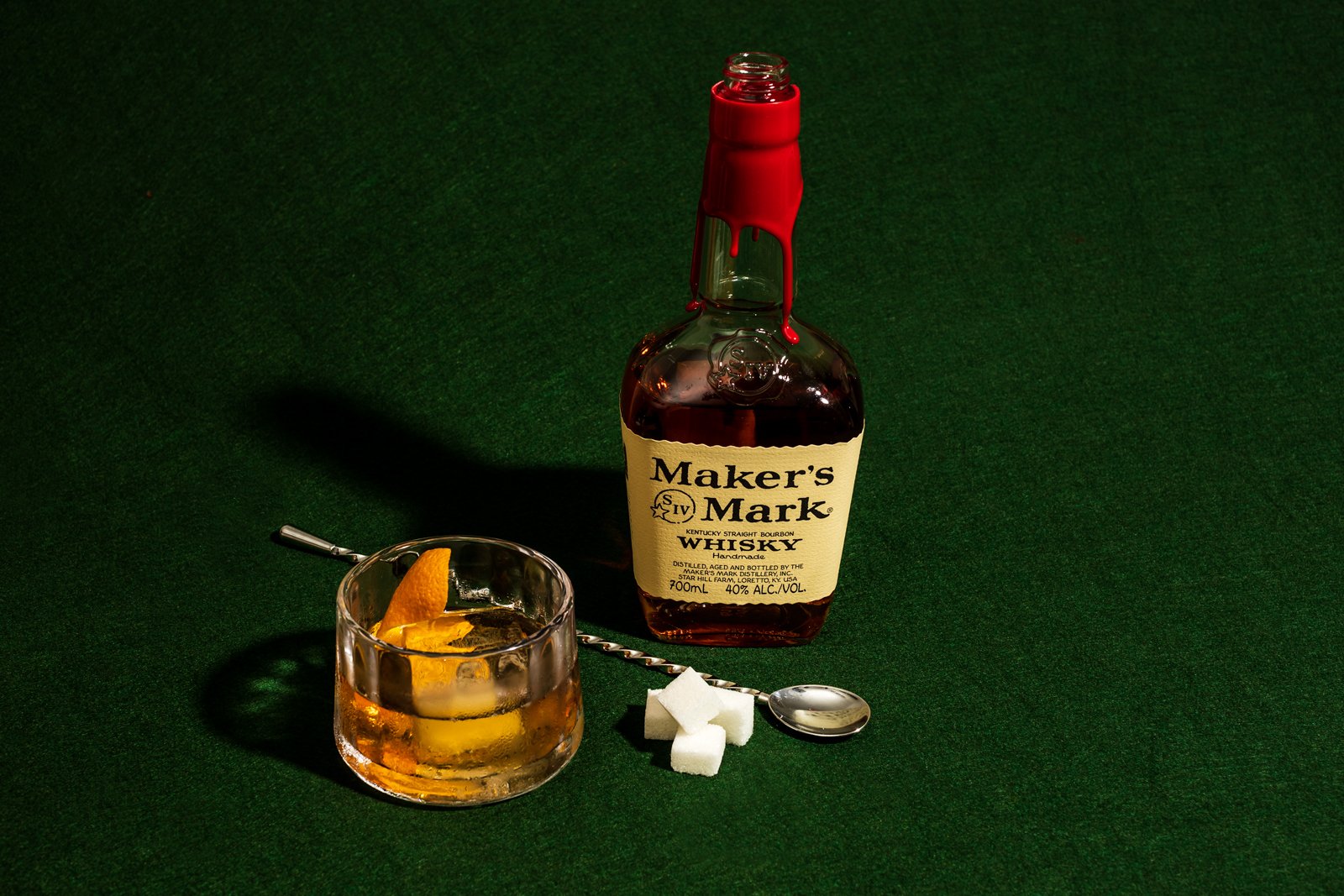There is a certain, unmatched charm that comes with grinding things down to the bare-bones, tracing legacy to its point of origin and shedding all excess to start anew. One needs only look to the history of the Old Fashioned, the godfather of all cocktails, to understand how such simplicity can invariably upstage and outclass all contemporaries.
The Old Fashioned is, after all, a picture of perfection in the cocktail world. An essential reference for mixologists needing to understand the delicate dance of flavour from which an entire industry is formed.
So how does a simple concoction of whisky, water, sugar and bitters maintain such command over two centuries after it was first vaguely conceived? To answer that we must look at how much history sits behind the undisputed godfather of all cocktails, tracing its dominance from then until now.

The widely recognised foundations of an Old Fashioned were first validated as the very definition of the word “cocktail” in 1806. A passing reference to “cock-tail” was printed in New York newspaper The Balance, and Columbian Repository, met in its subsequent issue by a confused letter urgently asking for a definition of the obscure term. Legendary journalist Harry Croswell was the responder, writing simply that a cock-tail is a “stimulating liquor, composed of spirits of any kind, sugar, water and bitters”.
Of course, this recipe would eventually be stamped with its definitive name and heroed by classic bourbon whiskies like Maker’s Mark, but back then it was simply a concoction used, for reasons unknown, as a pre-breakfast drink to either ready one for the day, or to cure headaches. The recipe remained simply known as the ‘whiskey cocktail’ until after the American Civil War, which severely confined cocktails to the aristocratic class.
During the following period of reconstruction, budding entrepreneurs from the Northern states began to open bars in the south, touting “improved” whiskey cocktails boasting access to other liquors and flavour modifiers like Absinthe and Curacao. The ostentatious twists didn’t sit well with the southerners, who would constantly request that their whiskey cocktail be made the “old-fashioned way”. Hence, a powerful name was born – one that not only describes a cocktail, but represents a conscious rebellion against unnecessary flourishes, and indeed values minimalism over all else.
The Old Fashioned is then the go-to for someone who wants a no-fuss, fat-trimming drink unconcerned with chasing perfection, simply because it is perfection. That kind of confidence is the reason why the Old Fashioned has been celebrated as the drink of choice for the sophisticated man for decades (yes, that mental image you have right now of Don Draper isn’t a mistake). To order one is to make the assertion that you’re a purist, in every sense of the word. A mix of Maker’s Mark Bourbon, sugar, a few dashes of bitters, water, and an orange peel for garnish – that’s a statement right there, and it’s one that speaks volumes on one’s character.

There’s no wonder then why many bars throughout history have laid claim to being the birthplace of the official Old-Fashioned cocktail. The most credible one would be barkeep James E. Pepper of Louisville, Kentucky’s Pendennis Club, who would mix up his whiskey drinks the old-fashioned way in the 1880s. As legend has it, Pepper was the one who took the recipe to New York City’s legendary Waldorf-Astoria Hotel, a place better recognised as the first place an Old-Fashioned by name was served and consumed.
Since then, many cocktails have taken attention away from the drink, but even though the Maker’s Mark Old-Fashioned has more than once had to claw its way back into the illustrious spotlight, it’s clear that this ineffaceable recipe will always stand the test of time, with the grace and style of the era in which it was created.
This article is proudly presented in partnership with Maker’s Mark. Thank you for supporting the brands who support Boss Hunting.
















